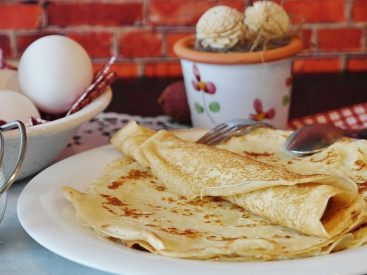According to a recent review published in Journal of Pharmaceutical Analysis , anthocyanins – a plant compound responsible for the vibrant colors in fruits and flowers – may counteract some of the harmful reproductive impacts of micro- and nanoplastic (MNP) exposure. In short: Anthocyanins are widely found in fruits, […]
Delicious!
Delicious!



